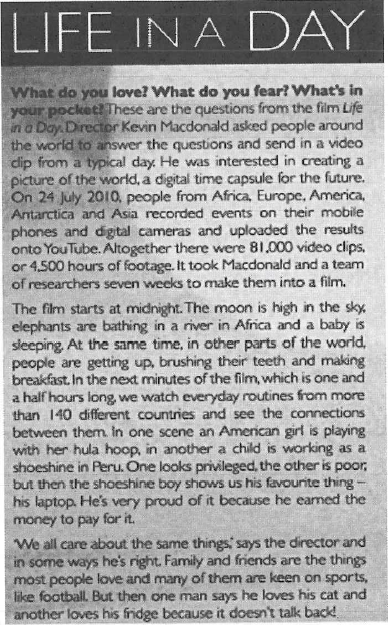THE STORY OF SADAKO SASAKI AND THE THOUSAND PAPER CRANES
Sadako Sasaki was two years old when the atomic bomb devastated Hiroshima on August 6th 1945. The blast threw her out of the window and although she survived, she and her mother were caught in the nuclear fallout. Her grandmother went back to the house to get something and was never seen again.
Years went by and Sadako led to a normal childhood up until November 1954, when aged 11, she was diagnosed with leukemia and told that she only had a year to live. Leukemia was highly prevalent at that time along with several other cancers, and it became evident that this was largely due to the effects of the bombing nine years before
In the hospital, Sadako’s roommate told her of an old Japanese legend, which says that of you fold 1000 paper cranes, you will be granted one wish from the gods.
Some versions of the story say that Sadako made 644 origami cranes before dying peacefully in her sleep, and her friends made the remaining 356 in her honor. However, an exhibit at the Hiroshima Peace Memorial Museum said she had achieved her goal in August 1955 and continued to fold more cranes right up until her death.
Either way, Sadako Sasaki’s condition sadly continued to deteriorate and she died on October 25th 1995 at the age of 12. She was buried with all 1000 paper cranes.
Following Sadako’s death, her friends and schoolmates raised funds to build a memorial to her and all the other children who had died as a result of the atomic bomb. Statues of Sadako holding cranes can be found in both Hiroshima Peace Memorial Park and Seattle Peace Park, the former of which bears the following words: “This is our cry. This is our prayer. Peace in the world”.
The story of Sadako Sasaki and the thousand paper cranes has become known internationally as a reminder of the effects of war on the innocent. It is told in many schools on the anniversary of the effects of war on the innocent. It is told in many schools on the anniversary of the Hiroshima bombing and people all over Japan celebrate August 6th as an annual peace day.
Everyday, children bring origami cranes to Sadako’s statue in memory of her and all the other innocent children who have died as a result of war. The crane has long been a symbol of hope and longevity, but in Sadako’s memory, it has also become as a symbol of peace.
17. How old was Sadako Sasaki when the atomic bomb devastated Hiroshima?
18. What is the content of the old Japanese legend?
19. What did Sadako’s friends and schoolmates do after her death?









